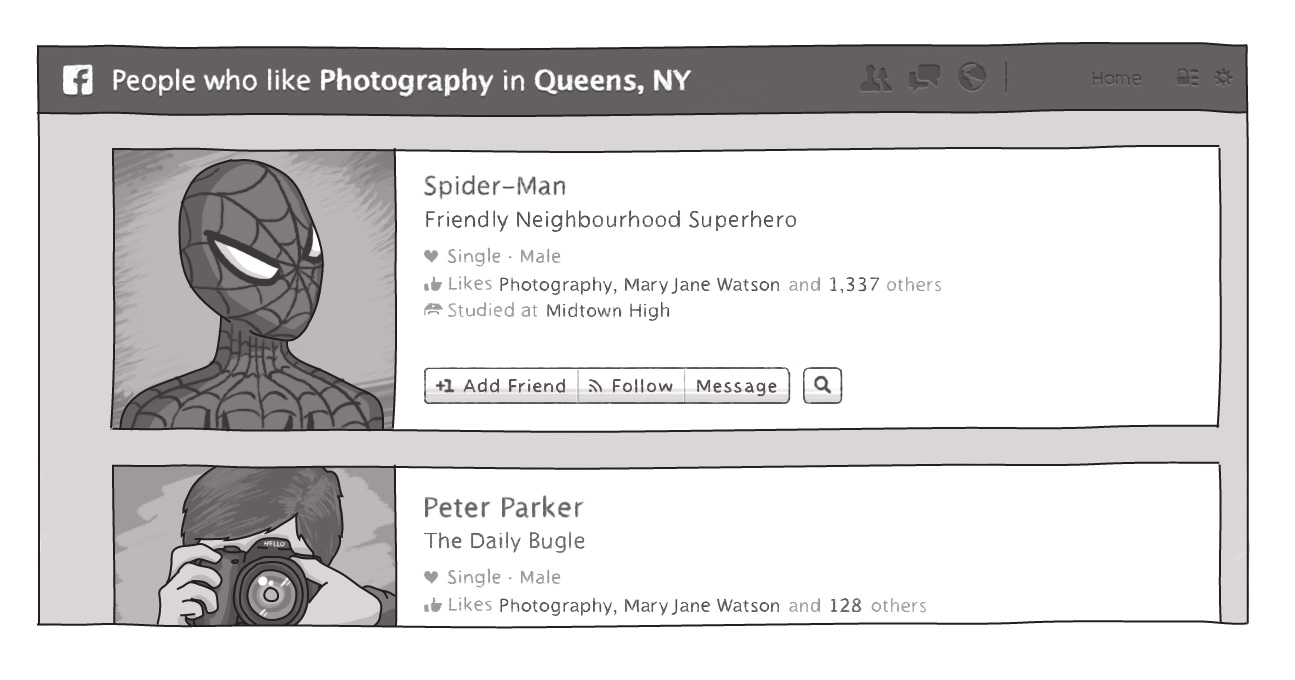The Power of Personalization

The ultimate goal for any company, whether you’re talking online or off, is to provide a user with an experience that completely aligns with their wants, needs, interests, and expectations.
That’s why “personalization” is such a powerful buzz word in the industry. Everyone knows the key is to be able to deliver targetted content to that one person, accessing that one device, in that one moment of time. Whether by magic or by algorithm (characteristics + historical behaviour x location = customized content), that’s the direction in which our industry is moving.
This isn’t a new idea. You’re likely already benefitting from personalization as we speak. Whether it’s customized ads or push notifications suggesting options based on your browser searches or email content, to having “Smart” appliances that monitor your usage patterns and can order replenishments on your behalf, we’re already well into that era.
Obviously, it’s not easy. And true personalization is going to take a lot of time, effort, and resources. But that doesn’t mean you can’t begin -- or continue the journey -- right now. Digital Echidna is an expert at developing personalization features in support of a client’s various goals and objectives.
From our experience, here are four things you absolutely need to consider:
Really Get to Know Your Customers
Go beyond the persona ideal. Too often, personas devolve into stereotypes, “The Soccer Mom,” “The Millennial,” or the “New Canadian.” Some will spend a tremendous amount of time fleshing out these personas, developing backstories, and assigning motivations. But, in the end, you’re really left with an assumed set of stereotypes that may not be accurate across the board.
After all, what good is it if you know your persona’s fake kids name are Marco and Suzie, when you don’t know what’s motivating your actual customers?
Intuitively, personas are the antithesis to personalization. It can be hard to design for one when you’re culling from the many. So that’s why user stories, user journeys, and journey mapping are all excellent tools to help identify what actual, individual users are trying to do -- and it lets you develop an intuitive information architecture around that.
Start Small
You’re likely already collecting data -- or have access to user data -- that can help you create a more personalized experience.
You may be able to use location data to help users find a nearby retail establishment, or you could provide customized marketing campaigns or offers by email, based on previously expressed interests. You can even create personalized web experiences that offer unique content based on the user’s self-identification.
These aren’t earth-shattering changes, but they are “nice touches” that add value to your customers.
Scale Up
You may even be ready to do this now. You may have a Customer Relationship Management (CRM) tool on hand. You may be gathering contacts and collecting data, but are you using them effectively? It’s one thing to send out a mass communication through your CRM -- it’s an entirely different thing to use the CRM to identify segments and deliver custom content with targetted calls to action, designed to appeal to each segment’s key motivators.
You can also use personalization to continue a relationship beyond the actual transactional period. Just because someone’s made a purchase online doesn’t have to mean the relationship is completed. Companies like Indigo, Old Navy, and the PC group of companies do a great job of incentivizing future purchases by cross-channel marketing.
This works with other forms of transactions. You’ve likely registered for a conference or purchased tickets to an event using an online resource, only to receive push notifications reminding you of that event’s approach. Those are value-added personalizations that can easily engender trust and appreciation in your company.
And that’s just the start. Whether it’s using a history of page views to deliver customized content the next time a user visits your site or providing geolocation specific content based on an action on a pay-per-click advertisement that’s customized to the device type with which it has been accessed, personalization, done right, can offer a great deal of value to you and, more importantly, your customer.
Done Right
But that’s the key. Finding that sweet spot between providing a welcome value-added service and feeling oppressively “Big Brother”-like. In general, people want to benefit from personalization, but don’t want to feel that their private data is being violated. That’s especially true in our GDPR environment, the far-ranging data protection regulation that came into effect May 25 and applies to businesses and governments anywhere in the world that deal with a European market.
That’s not an easy balance to strike, but it can be done with understanding of your customers, appreciation of their needs, and delivery of personalization options that are focused exclusively on meeting their needs.
What is web personalization?
How can personalization benefit my customer's user experience?
SUBSCRIBE TO OUR E-NEWSLETTER
 Subscribe
Subscribe


